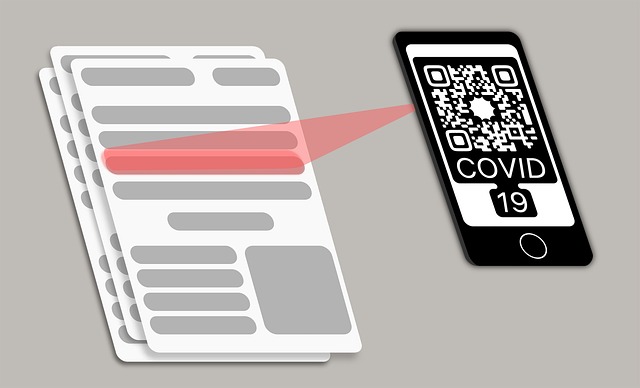Software engineers and full-stack developers often encounter various challenges in their daily tasks. One such common issue is the 'zsh: command not found: python' error. This article provides a detailed, step-by-step guide to address this problem, ensuring a smooth coding experience for all developers.
Understanding the Issue
When attempting to execute Python from the terminal, developers might face the error:
zsh: command not found: pythonThis problem can arise on any operating system. However, it's slightly more prevalent on MacOS, especially since the removal of native python support in MacOS 12.3. The good news is, this issue is straightforward to resolve.
Step 1: Verifying Python Installation
Is Python Installed on Your System?
Before diving into more complex solutions, it's essential to ensure that Python is indeed installed on your system.
To check if Python is installed, you can use the terminal:
brew install pythonAlternatively, Python can be downloaded and installed directly from the Python official website.
After installation, try executing Python from the terminal. If the issue persists, proceed to the next step.
Step 2: Integrating Python with zsh
Configuring zsh to Recognize Python
The core of the problem often lies in the zsh shell not recognizing the Python command. To address this, we need to add Python to zsh.
Execute the following command in the terminal:
echo "alias python=/usr/bin/python3" >> ~/.zshrcThis command configures the zsh profile to execute /usr/bin/python3 when the python command is invoked. If problems continue, ensure that the path after python= corresponds to the actual location where Python is installed on your system.
Step 3: Rebooting the Terminal
Finalizing the Configuration
With the above steps completed, the final action is to restart the terminal. Upon reopening, the python command should function without any hitches.
Additional Tips for a Seamless Python Experience
Understanding the Role of PATH
The PATH is an environment variable on Unix-like operating systems, DOS, OS/2, and Microsoft Windows, specifying a set of directories where executable programs are located. In general, each executing process or user session has its own PATH setting.
When the terminal or shell is opened, it refers to the PATH to find where programs are located. If Python's path isn't included, you'll encounter errors even if Python is installed.
Customizing Your zsh Configuration
For those who frequently work with various tools and libraries, it might be beneficial to customize the .zshrc file further. This file is essentially the configuration file for zsh, allowing you to set up aliases, functions, and other shell-specific settings.
For instance, if you're working with both Python 2 and Python 3, you might want to set up aliases like:
alias python2=/usr/bin/python2
alias python3=/usr/bin/python3This ensures that you can quickly switch between different Python versions as your project requires.
Regularly Update Python
To ensure optimal performance and security, it's essential to keep your Python installation updated. New versions often come with performance improvements, new features, and crucial security patches.
You can update Python using brew with the following command:
brew upgrade pythonOr, if you've installed Python from the official website, simply download the latest version and install it.
The Importance of Virtual Environments
Virtual environments are a must-have for developers working on multiple projects. They allow you to maintain separate spaces for different projects, ensuring that libraries and dependencies don't clash.
To set up a virtual environment in Python, you can use:
python3 -m venv myenvThis creates a new virtual environment named myenv. To activate it, use:
source myenv/bin/activateWith the virtual environment activated, you can install libraries and dependencies without affecting the global Python installation.
Conclusion
Addressing the 'zsh: command not found: python' error is a straightforward process. By ensuring Python is installed, integrating it with zsh, and rebooting the terminal, developers can seamlessly continue their coding tasks. This guide aims to assist all developers, from software engineers to web3 specialists, in overcoming this common challenge.


